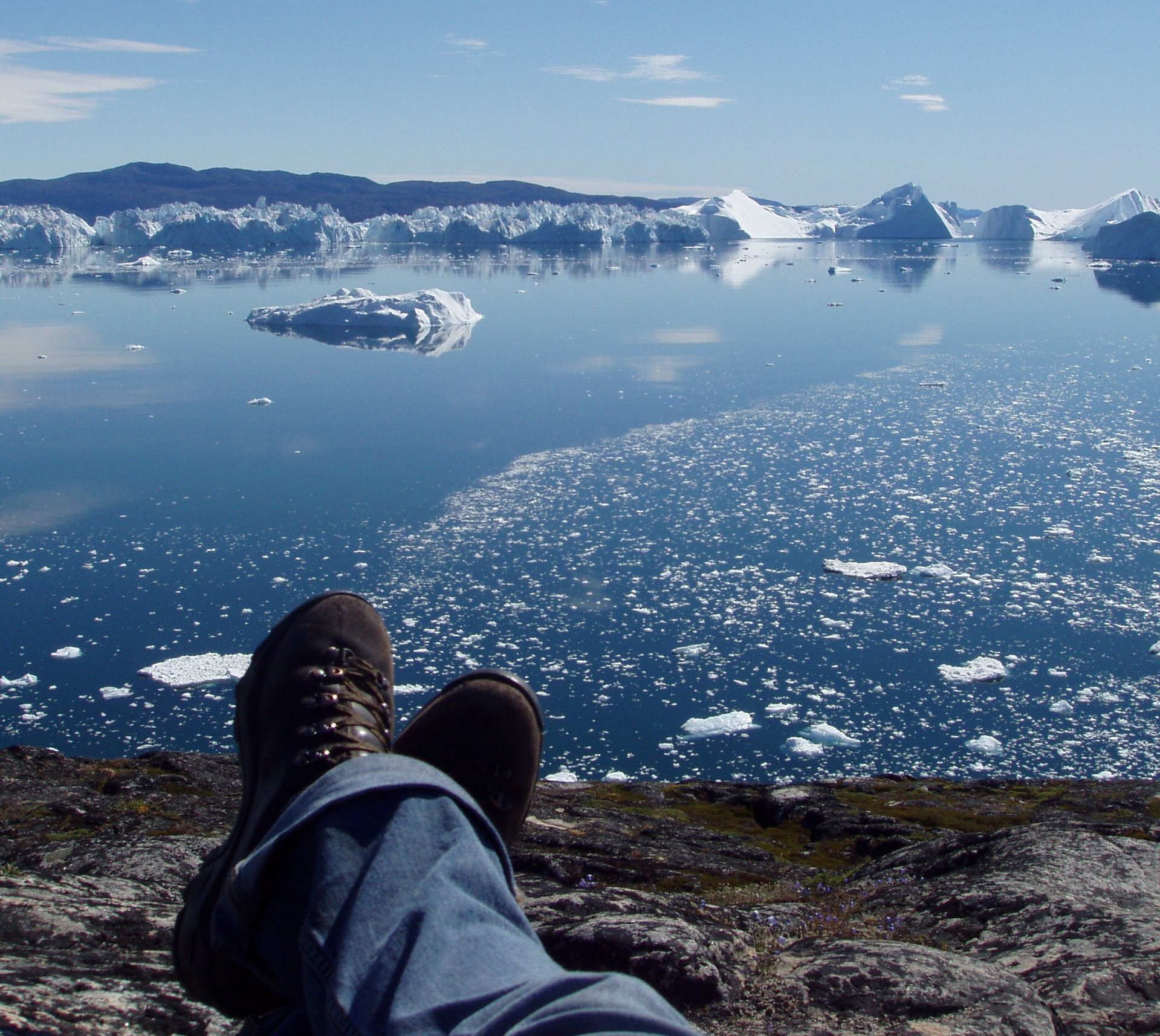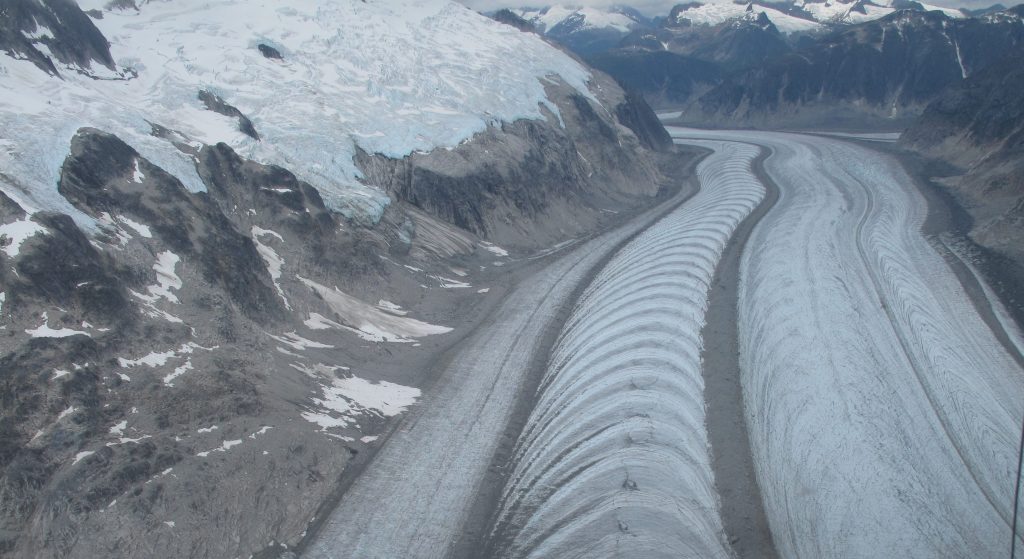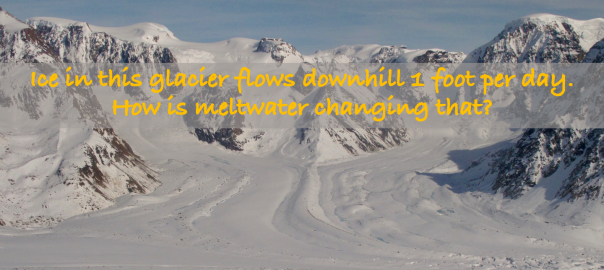A wise person once said:
Ice sheets are predictable, but progress in understanding them needs to accelerate at a rate faster than the ice sheets themselves!
Alex Gardner, NASA JPL
- How, when, and where does surface melt water get to the glacier bed, and how does this affect ice dynamics?
- Where do fractures occur, and why? How deep do they go?
- How do glaciers interact with the environment around them, including their beds, sidewalls, and ocean?

Student research opportunities
I am always looking for motivated students with skills in, or interest and motivation in developing skills in, mathematical glaciology (including coding and remote sensing). I am particularly interested in working with students from minoritized backgrounds. Members of the Glacier Modeling Lab work together to create an academically supportive and anti-racist community. My primary goal as a professor is to help my students succeed through growth in thinking capacity, research aptitude, and personal fulfillment in the UB Glacier Modeling Lab. If a certain research topic interests you, send me an email or drop in to my office to tell me why you’d be a good fit!
Research topics
These topics are ongoing lines of inquiry, ready to begin on, or both!
- Model-based investigations of glacier flow
- Formation of moulins
- Crevasse field locations and prediction
- Firn aquifers
- Formation and life cycle of crevasses on mountain glaciers
- Flow of surface meltwater
- Subsurface meltwater
- Permafrost on the periphery of current or past ice sheets
- Recent history and near future of particular Greenland glaciers, e.g. Helheim Glacier
- Model-based investigations of glacier history (this can be related to glacial geology)
- Surging glaciers
- Supraglacial streams that incise deep canyons
- Englacial fracture network
- Detection of subglacial tills
- Seismoelectric geophysics on ice
- Sidewall stresses and ice flow of outlet glaciers (Greenland/Antarctica) or ice streams (Antarctica)
- GHub, an online data and computing hub centered around Greenland glaciology
- And more…


